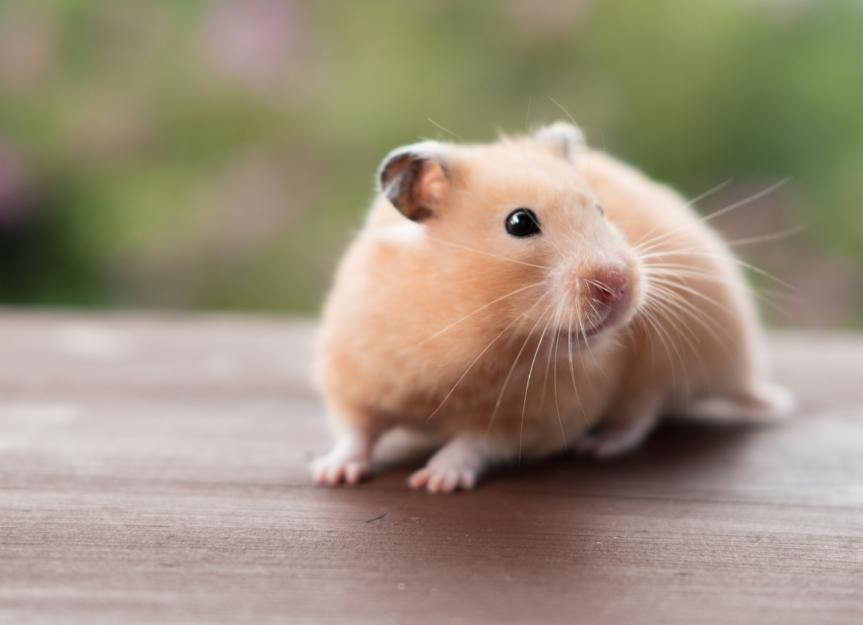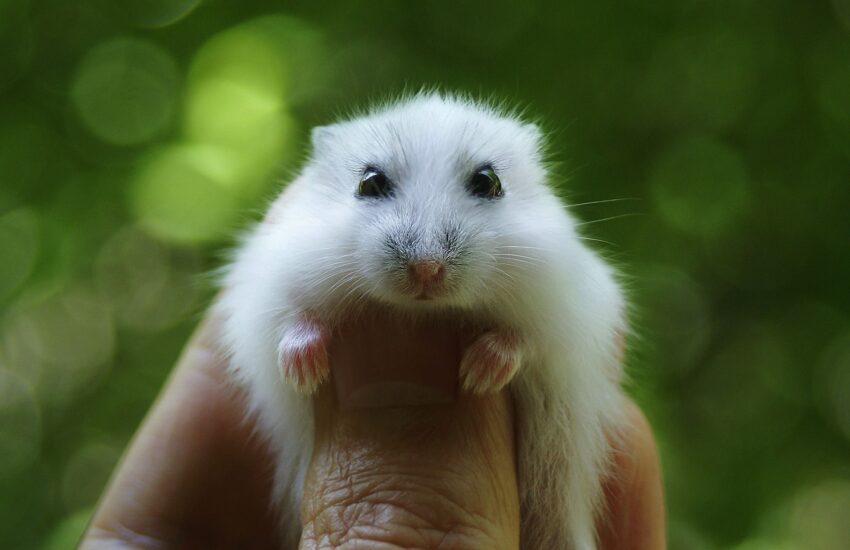Popular Hamster Breeds for Family Homes
Hamsters have become one of the most beloved pets in family homes around the world. These small, adorable creatures are not only easy to care for but also have distinct personalities that can bring joy to any household. Understanding different hamster breeds is crucial for families looking to adopt these little furballs, as each breed has unique characteristics and care needs. In this article, we will explore some of the most popular hamster breeds that make great pets for families, helping you find the perfect companion for your home.
Why Choose a Hamster as a Pet?
Hamsters are an excellent choice for families for several reasons. They are relatively low-maintenance pets, making them suitable for both children and adults. Unlike dogs or cats, hamsters do not require walking or extensive grooming. Additionally, they are small in size, which means they can fit comfortably in most living spaces.
Moreover, hamsters are fascinating to observe. They are active during the night, which can be entertaining for families who enjoy watching them play in their cages. They also have a playful side; many hamster breeds love to run on wheels and explore tunnels, making for an engaging viewing experience.

Popular Hamster Breeds
1. Syrian Hamster
The Syrian hamster, also known as the golden hamster, is one of the most popular pet hamsters. These hamsters are larger than other breeds, typically reaching about 6-7 inches in length, and are known for their friendly and gentle demeanor. Syrian hamsters are solitary animals, which means they should be housed alone to prevent fighting.
Care Tips for Syrian Hamsters
- Provide a spacious cage with plenty of room for exercise.
- Offer a balanced diet including pellets, fresh fruits, and vegetables.
- Make sure to provide a wheel for exercise, as they are very active.
2. Dwarf Hamster
Dwarf hamsters are smaller than Syrian hamsters, typically around 2-4 inches long. There are several types of dwarf hamsters, including the Roborovski, Campbell’s, and Winter White hamsters. Dwarf hamsters are social and often enjoy the company of other hamsters, making them great for families who want to keep more than one pet.
Care Tips for Dwarf Hamsters
- Provide a group housing environment, as they thrive in the company of their kind.
- Ensure their diet includes a mix of quality pellets, seeds, and occasional treats.
- Include tunnels and toys in their cage to encourage exploration.
3. Campbell’s Dwarf Hamster
Campbell’s dwarf hamsters are lively and curious creatures. They are characterized by their small size and varied color patterns, which can include gray, brown, and even albino varieties. These hamsters are known for their friendly nature and can be socialized with gentle handling.
Care Tips for Campbell’s Dwarf Hamsters
- Handle them gently to increase their comfort with being held.
- Provide hiding spots in their cage to reduce stress.
- Monitor their interactions with other hamsters to avoid territorial behavior.
4. Winter White Dwarf Hamster
The Winter White dwarf hamster is a beautiful breed with a unique ability to change color with the seasons. These hamsters can turn a deeper shade of white in winter, providing a stunning visual element. They are known for their friendly disposition and adaptability, making them excellent pets for families.
Care Tips for Winter White Dwarf Hamsters
- Ensure a proper balance of light in their habitat to mimic natural conditions.
- Provide a varied diet with a focus on fresh foods alongside pellets.
- Encourage physical activity with plenty of toys and climbing structures.
5. Roborovski Dwarf Hamster
Roborovski hamsters are the smallest of the dwarf species, averaging about 2 inches in length. They are known for their incredible speed and agility, making them a delight to watch as they scamper about their enclosure. These hamsters are quite social and can be kept in pairs or small groups.
Care Tips for Roborovski Dwarf Hamsters
- Ensure their habitat is enriched with climbing toys and tunnels.
- Monitor their interactions to prevent bullying among hamsters.
- Provide a high-quality diet tailored for dwarf hamsters.
Understanding Hamster Behavior
Understanding hamster behavior is crucial for fostering a happy and healthy environment for your pet. Hamsters are nocturnal creatures, which means they are most active during the night. This can affect how they interact with family members, especially children who may want to engage with them during the day.
Establishing a routine for your hamster is important. Here are a few tips to help:
- Set a consistent feeding schedule to help your hamster feel secure.
- Experiment with handling to see when your hamster is most receptive.
- Provide plenty of toys and stimulation to keep them entertained.
Common Health Issues in Hamsters
While hamsters are generally healthy pets, they can suffer from certain health issues. Recognizing the signs of illness early on is vital for proper treatment. Common health problems include:
- Wet Tail: A serious intestinal condition characterized by diarrhea, requiring prompt veterinary attention.
- Accessibility: Ensure that your hamster can access food and water easily, as obesity can lead to health issues.
- Dental Issues: Monitor their teeth regularly; hamsters’ teeth grow continuously and need to be worn down through chewing.
Preparing Your Home for a Hamster
Before bringing a hamster home, it is essential to prepare their environment to ensure their wellbeing. Consider the following aspects:
- Choose an appropriate cage that allows enough space for movement and activity.
- Invest in quality bedding materials that are safe and absorbent.
- Set up areas for eating, sleeping, and playing within the cage.
Educational Aspect for Children
Having a hamster can be an educational experience, especially for children. It teaches them about responsibility, empathy, and animal care. Here are some ways to incorporate learning:
- Involve children in daily care tasks, such as feeding and cleaning the cage.
- Encourage them to learn about hamster behaviors and needs through books or documentaries.
- Host discussions about the importance of kindness to pets and the role of pets in our lives.
Conclusion
In conclusion, hamsters make fantastic pets for families due to their adorable nature, manageable care needs, and educational value. Whether you choose a friendly Syrian hamster or a social dwarf hamster, understanding the specific requirements of each breed will help ensure a happy and healthy pet experience. Additionally, involving children in the care of hamsters fosters responsibility and compassion.
Taking the time to learn about various hamster breeds can lead to a rewarding companionship that lasts for years. Remember to always adopt from reputable sources and be prepared to provide a nurturing home for your new furry friend.
For more insights and tips on pet care, check out our other articles here and here.
